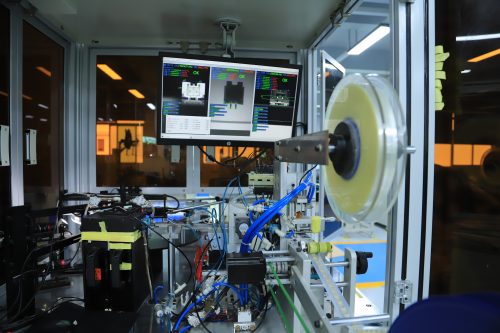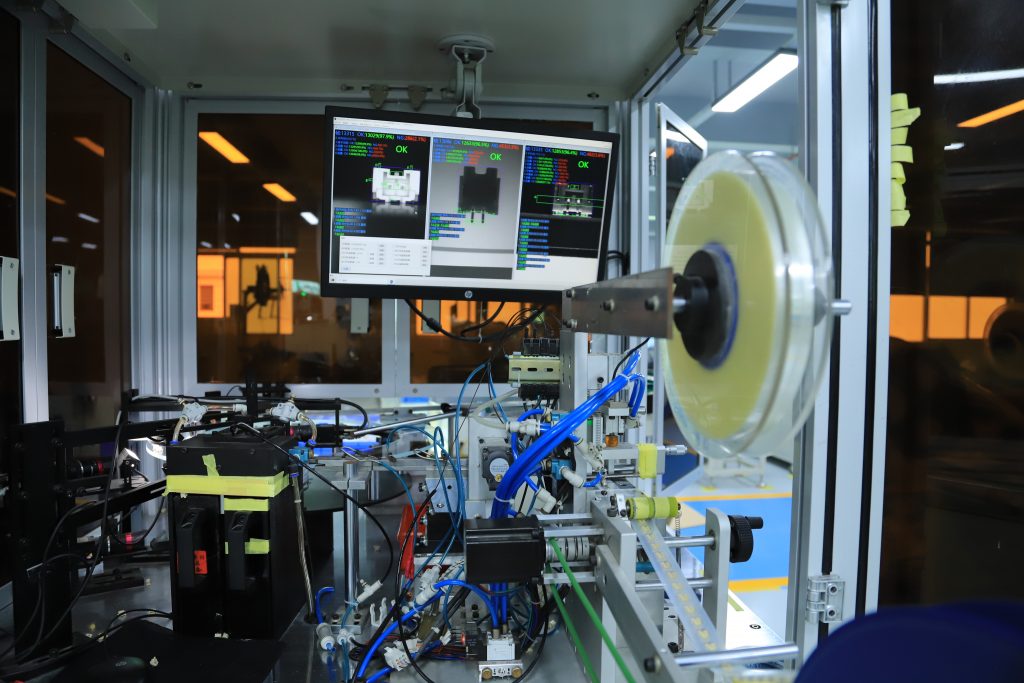In the vast sea of electronic devices, connectors are the bridge that connects various components, and their importance is self-evident. They not only carry the transmission of signals and power, but are also the key to the performance and reliability of equipment. With the rapid development of science and technology, electronic equipment is constantly moving towards miniaturization, integration, and high performance, and the quality requirements for connectors are becoming increasingly stringent. Therefore, comprehensive testing of connectors has become an indispensable part of ensuring the stable operation of electronic equipment and improving overall performance.

There are many ways to test connectors, aiming to ensure the quality and reliability of connectors to meet the needs of stable operation of electronic equipment in various environments. The following are some of the main connector testing methods:
1. Appearance and size inspection
Visual inspection :
Check the appearance quality of the connector visually or using a microscope or other tools, including whether the surface is damaged, scratched, deformed, rusted, etc. Ensure that the appearance of the connector meets the design requirements and has no obvious defects.
Size Measurements :
Use precise measuring tools (such as vernier calipers, projectors, etc.) to measure the dimensions of the connector , including length, width, height, pin spacing, etc. Ensure that the dimensional accuracy of the connector meets the design requirements so that it can be correctly matched with other components.
2. Electrical performance test
Contact resistance test :
When the circuit is disconnected at both ends of the connector, the contact resistance is measured. This is the most important item in connector testing, which can prove the good quality of the contact, reduce the impact of future contact current on the connector, and extend the service life of the connector.
Insulation resistance test :
Apply voltage to the insulating part of the connector and measure its insulation resistance value. This helps to evaluate the insulation performance of the connector and ensure that its insulation resistance meets the requirements of relevant technical conditions when subjected to environmental stress such as high temperature and humidity.
Withstand voltage test (hipot test) :
Apply high voltage to both ends of the connector to check its withstand voltage. This helps ensure the safety of the connector in a high voltage environment and prevent breakdown or damage caused by excessive voltage.
3. Environment and reliability testing
Insertion and extraction force test :
Measure the connector insertion and extraction forces to ensure they meet design specifications. This helps evaluate the mechanical performance and service life of the connector.
Wear test :
Simulate the number of plugging and unplugging cycles to check the performance changes of the connector after repeated plugging and unplugging. This helps to evaluate the reliability and durability of the connector during long-term use.
Vibration resistance test :
Testing connectors under specified vibration conditions evaluates their reliability in vibration environments. This helps ensure that connectors can maintain stable connection performance in vibration environments.
Temperature cycle test :
Cycle between high and low temperatures to evaluate the performance stability of the connector under temperature changes. This helps simulate the use of the connector in different temperature environments and evaluate its adaptability and reliability.
Damp Heat Test :
Run the connector under high humidity conditions to check its moisture resistance and insulation performance. This helps evaluate how the connector will perform in a humid environment.
Salt spray test :
Simulate salt spray environment to evaluate the corrosion resistance of connectors. This helps ensure that connectors can maintain stable connection performance in corrosive environments such as the ocean.
Accelerated aging test :
Run the connector under extreme conditions such as high temperature and high humidity to simulate performance changes after long-term use. This helps evaluate the long-term reliability and service life of the connector.
4. Classification of detection methods
Manual detection :
Connectors are inspected by visual inspection, touch, etc. This method is suitable for simple appearance inspection and dimension measurement, but it has the disadvantages of strong subjectivity and low efficiency.
Automated testing :
Use automated equipment and instruments to inspect connectors, such as machine vision systems, automatic measuring instruments, etc. This method can greatly improve inspection efficiency and accuracy, realize automatic recording and analysis of data, and facilitate subsequent quality control and traceability.
Online detection :
Real-time testing is carried out on the connector production line, and the electrical performance and reliability tests of the connectors are carried out through online testing equipment. This method can timely discover and correct problems in the production process, improve production efficiency and product quality.
5. Testing standards
Connector testing also needs to follow certain standards, such as the EIA-364 series of American Electronics Industry Association connector test standards, MIL-STD-810G US military standard environmental engineering related matters and laboratory testing, GB/T 5095 series of basic test procedures and measurement methods for electromechanical components for electronic equipment, etc. These standards specify the test items, methods, requirements and judgment criteria for connectors, providing a scientific basis for connector testing.
Connector testing involves multiple aspects such as appearance and size testing, electrical performance testing, environment and reliability testing, etc. By comprehensively using various testing methods and means, the quality and reliability of connectors can be comprehensively evaluated to ensure their stable operation in electronic equipment.










